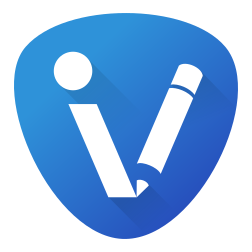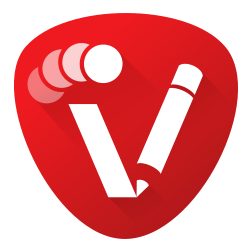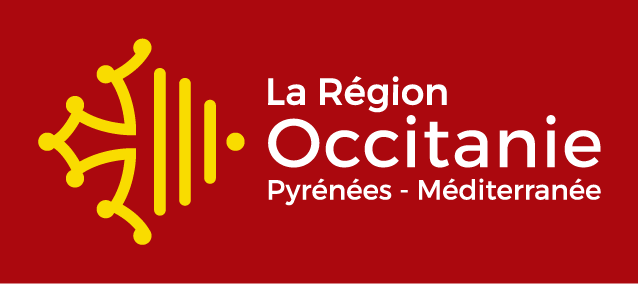Please enable JavaScript, or
watch this video on Youtube
 Welcome!
Welcome!
My name is Boris Dalstein, I am a French computer scientist and software engineer, but most importantly, I am an animation lover! I have studied the science behind animation during my master's and PhD degree in computer science, and I have worked on animation-related research projects at Inria, Disney Research Zurich, and Pixar Animation Studios.
About this project
Animation is a fascinating medium where art and science complement each other, enabling creative minds to tell meaningful stories that have influenced many generations, and will continue to influence generations to come.
Unfortunately, animation is also one of the most difficult art forms! In particular, while there exist a lot of powerful tools for 3D animation, there hasn't been much innovation for 2D hand-drawn animation in the last decades. This is a shame, because while 3D animation has its own merits, 2D animation is really where artists can truly express their creativity with almost limitless freedom of art style. It's much more fun too!

For this reason, I have founded VGC Software, a startup company whose mission is to develop radically innovative technology for 2D animation, hopefully making it a more appealing choice for freelance artists and big studios alike. In particular, we desire to automate the generation of inbetweens as much as reasonably possible, so that your creative time can be better spent on what matters most: key drawings, breakdowns, and spacing/timing.
But you can't have great 2D animation tools without great 2D drawing tools! In fact, drawing is the heart and soul of traditional animation. This is problematic for computer-assisted animation, because while we believe that vector-based animation is the future (automatic inbetweening, shading, iterative tweaks, etc.), the truth is that most vector-based drawing tools aren't as fun to use as pencils and paper.
Therefore, we are also developing new vector-based drawing technology, which aims to feel just as nice as drawing on paper, but also automatically understands the connectivity and structure between your lines, making it possible to intuitively edit your drawings in ways no other tools can. Since this technology is great for non-animated graphic design as much as for 2D animation, we will be releasing two separate applications, fine-tuned for each use case.

VGC Illustration

VGC Animation
VGC Illustration will be a vector graphics editor, that is, a competitor of products such as Adobe Illustrator, Autodesk Graphic, CorelDRAW, or Inkscape. Unlike these other programs, VGC Illustration will be based on a new mathematical concept called Vector Graphics Complex (VGC). The key breakthrough was to discover a novel way to keep track of the connectivity between lines in a drawing, making them very intuitive to edit. For example, this technology allows artists to easily represent two shapes sharing a common border, such as two neighbor countries. Such common border is typically painful to create and edit in most existing tools, because it has to be created twice (once for each shape) and edited separately. Instead, using our vector graphics complexes, the border only has to be created once and can be edited with ease. The technical video below showcases some early examples of what this technology can do.
Please enable JavaScript, or
watch this video on Youtube
Meanwhile, VGC Animation will be a vector-based 2D animation editor, that is, a competitor of products such as Adobe Animate (formerly Adobe/Macromedia Flash), ToonBoom Harmony, CACANi, Synfig, or OpenToonz. To some extent, VGC Animation will also be a competitor to pixel-based 2D animation editors such as TVPaint or Krita. VGC Animation will be based on vector animation complexes, an extension of vector graphics complexes that supports animation. This mathematical structure represents an animation as a “continuous space-time topological complex”, which is scientific jargon for “represent the connectivity between lines within each frame, but also across several frames”. Representing this connectivity makes everything easier and more intuitive! In particular, the fact that it can represent shapes with shared boundary makes it extremely well suited for automatic inbetweening. Also, it allows to represent vector animations of shapes that split and merge in ways that were not possible before. Below is a technical video giving some insight on this novel data structure.
Please enable JavaScript, or
watch this video on Youtube
Pricing
Note: VGC isn't released yet! However, you can get access to alpha versions by becoming a sponsor on Patreon. You can also download the earlier research prototype VPaint.
VGC Illustration 1.0 should be released towards the end of 2024, and VGC Animation 1.0 about one or two years later. They will be initially available for Windows, macOS, and Linux, and later available for iPads and Android tablets. Exact pricing is still subject to change, but they will be available under both a subscription model and a perpetual license model, at the choice of the user. Just to give you an idea, we give some estimate prices below.

VGC Illustration

VGC Animation
Subscription plans
Gives access to all available versions as long as subscribed. After two consecutive years of subscription, you also unlock a perpetual license: this means that even if you cancel your subscription you can forever keep using all versions up to the latest version available at the date of cancellation.
Perpetual licenses
Gives access to the current version and all previous versions, forever. Includes two years of upgrades, but no more. In other words, this is equivalent to staying subscribed for two years and then cancelling the subscription.
Note that despite being sold as a commercial product (which ensures sustainability of the project), VGC is proud to be publicly developed on GitHub under the Apache 2.0 open source license. Indeed, we believe that source code is knowledge, and we believe that knowledge is meant to be accessible to everyone for free. We also believe that users should have the freedom to modify the software they use. Finally, using VGC on Linux distributions is free of charge, although users are encouraged to buy a license or subscribe to one of our plans to support the project.
 Join the Discord!
Join the Discord!
Discord is the best place to learn more about this project, ask any question, share your artwork, or simply hang out! It's like a VIP room to see what's going on behind the scenes. Just click the button below and follow the steps.
Stay tuned
Interested by this project? We can send you progress updates to your inbox (around twice a month). Or we can simply let you know when VGC 1.0 is released. No spam guaranteed. You can unsubscribe at any time.
Contact us
Questions? Feedback? I'd love to hear what you think of this project!
Feel free to email me directly at boris@vgc.io, or chat with the community on the VGC Discord.
Thanks for scrolling until the end, and have a great day!


